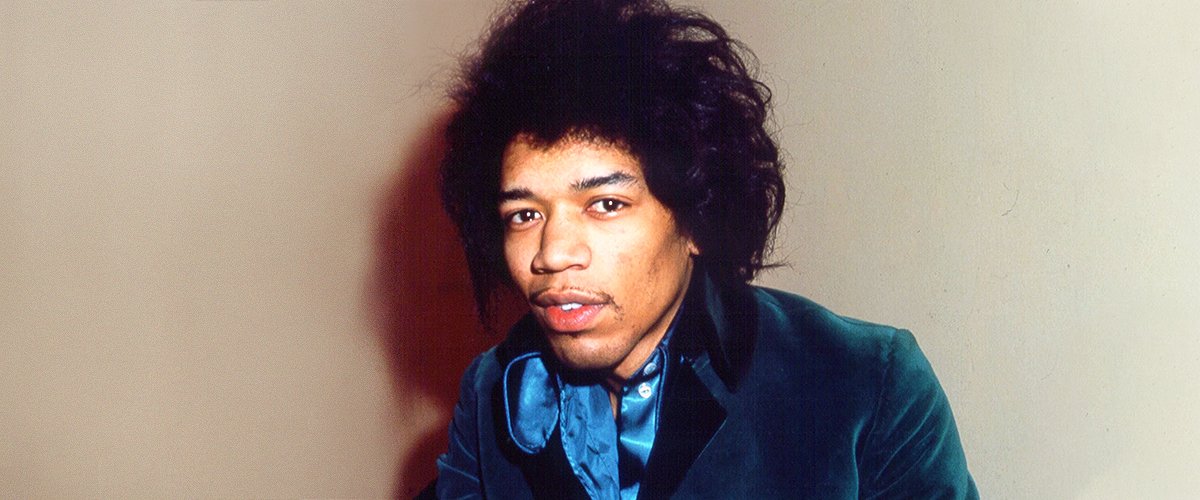
How Jimi Hendrix Could Have Looked Today If He Didn't Die 50 Years Ago
Iconic musician Jimi Hendrix is a member of the tragic 27 Club — brilliant, young, and dead much too soon — but what would he have looked like today, at 77?
On September 18, 1970, the music world was devastated by the death of a young American guitarist, Jimi Hendrix, who died in London of an accidental overdose. Hendrix had been performing as a solo artist for only 4 years, but he is considered the best guitarist of all time.
Hendrix's approach to music was revolutionary, genial, but just one year after he rocked the world and changed music history at the iconic Woodstock music festival, he was gone. The impact he had on the world in just 4 years is incredible, and we can't help but wonder what he could have done if he had lived.
Chas Chandler, who had been the manager of the Animals saw the phenomenal potential in Hendrix and believed he could become a star
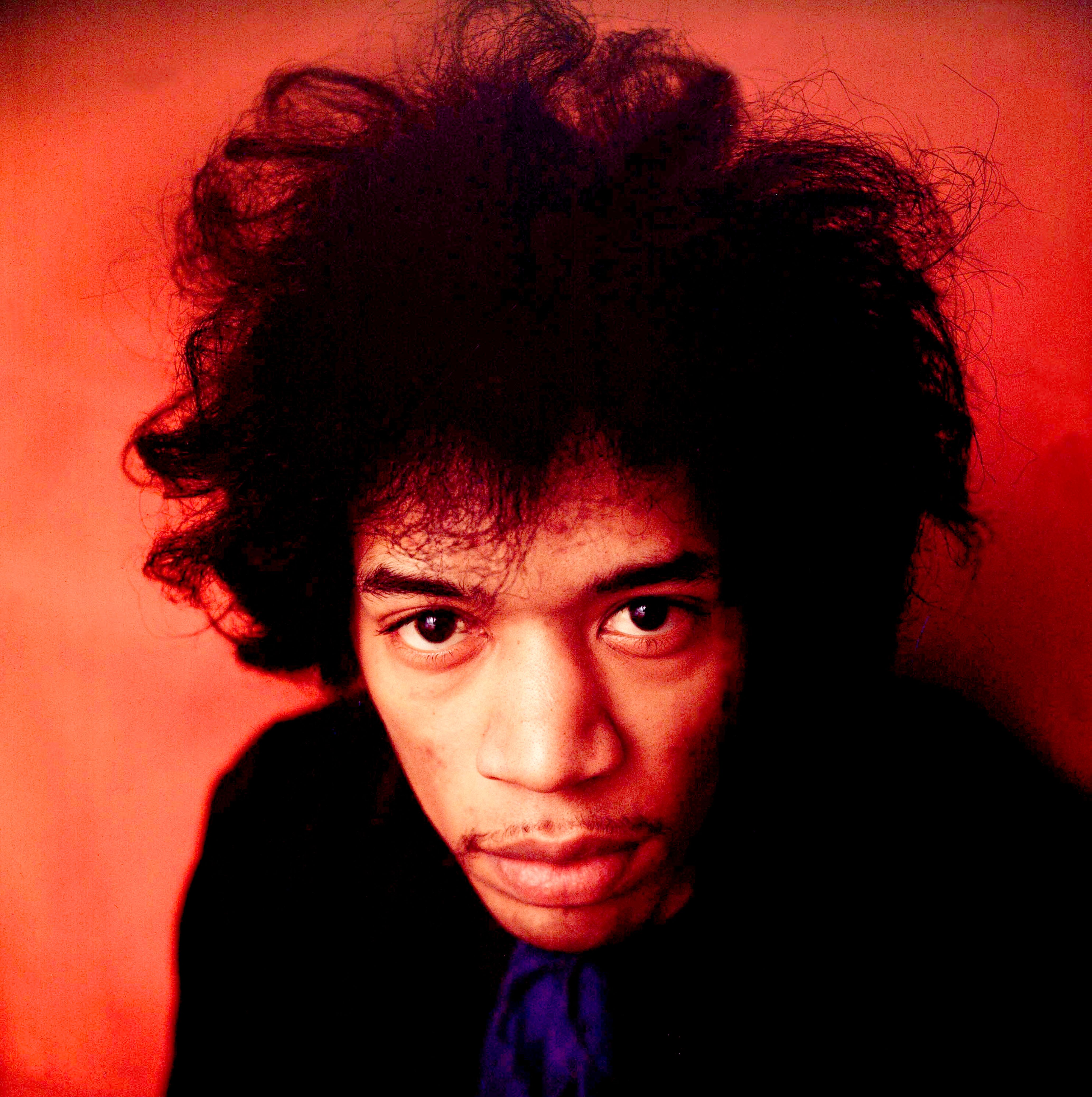
Jimi Hendrix in 1968 | Source: Getty Images
DEATH OF A LEGEND
Hendrix had just recorded his "Band of Gypsys" album in 1970, when he succumbed to a fatal cocktail of alcohol and sleeping pills. Since 1970 his death has been scrutinized and examined by conspiracy theorists who believed that he had been "murdered." It was just unbelievable to fans that Hendrix could be dead, that his music could be silenced.
He recorded and released 4 original albums, but his music is an inescapable reference for any serious musician. What would he have accomplished if he hadn't died so young? What would Hendrix have been like today, how would he play, and what would he look like so many years after he essayed his first tentative riffs on a 5-dollar acoustic guitar?
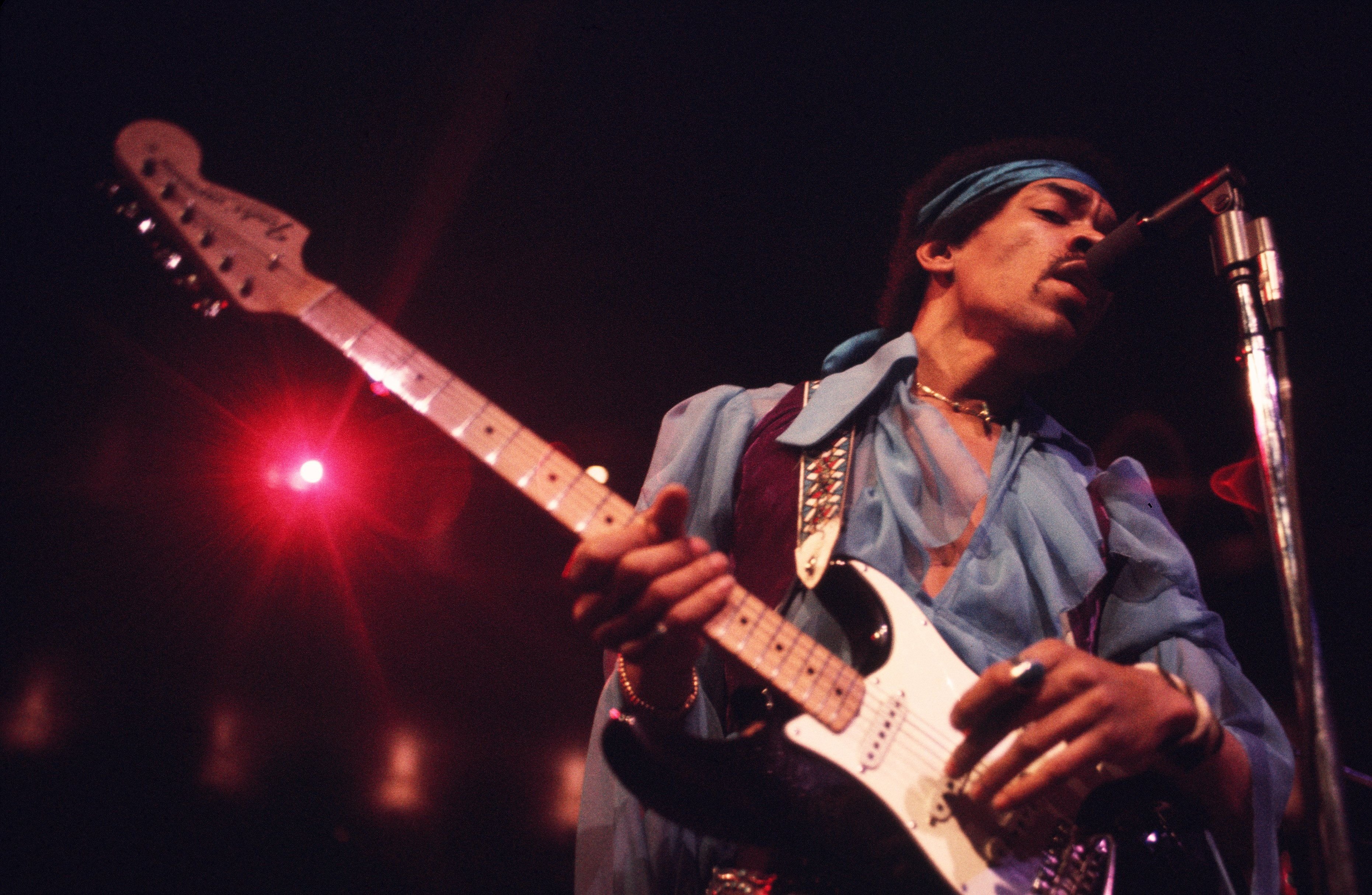
Jimi Hendrix at Madison Square Garden, New York City, 18th May 1969 | Source: Getty Images
ELECTRIC BLUES
Hendrix started playing the guitar at the age of 15, and at 17 he was playing with the likes of the Isley Brothers, Ike & Tina Turner, Jackie Wilson, and Little Richard, brandishing his first electric guitar. By 1966, Hendrix was tired of being in the sidelines and playing the same sets over and over again, and moved to New York, where the music scene was edgy and booming.
STARDOM AND REJECTION
Hendrix started to make an impact with his playing, teaching the snarling electric guitar to strut and sing the blues. Hendrix was to experience a devastating blend of acclaim and rejection over the next two years. Chas Chandler, who had been the manager of the Animals saw the phenomenal potential in Hendrix and believed he could become a star. Chandler took Hendrix to London and started recruiting musicians to built a band around Hendrix.
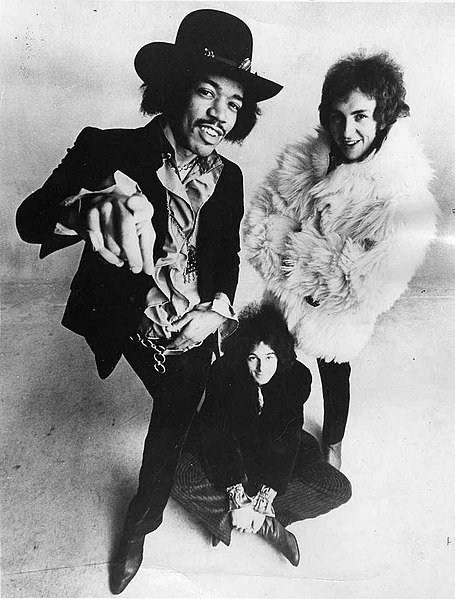
The Jimi Hendrix Experience in 1968 | Source: Wikimedia Commons/ Warner/Reprise Records/ Public domain
Overnight, Hendrix was a sensation and blasted the foremost musicians of the day off their feet. He jammed with Clapton, the then-reigning supreme guitarist of Cream. Clapton couldn't keep up and ended up walking off the stage, leaving Hendrix to play on alone, oblivious to everything but his music.
BLACK MAN, WHITE MUSIC
The Jimi Hendrix Experience racked up three chart-topping hits in quick succession: "Hey Joe," "Purple Haze", and "The Wind Cries Mary." It was 1967, and Hendrix was a star in Europe, but his audience was mostly white, the musicians he played with were white.
Back in the US, the Black community rejected him utterly, accusing him of playing "white man's music." Black radio stations wouldn't play his music, despite Hendrix's entreaties. Hendrix believed that music was universal, and the true irony is that every note he played was steeped in the blues and the purest essence of Black music.

Jimi Hendrix as he might have looked in his 70s | Source: Getty Images
Hendrix had just recorded his "Band of Gypsys" album in 1970, when he succumbed to a fatal cocktail of alcohol and sleeping pills. Since 1970 his death has been scrutinized and examined by conspiracy theorists who believed that he had been "murdered." It was just unbelievable to fans that Hendrix could be dead, that his music could be silenced.
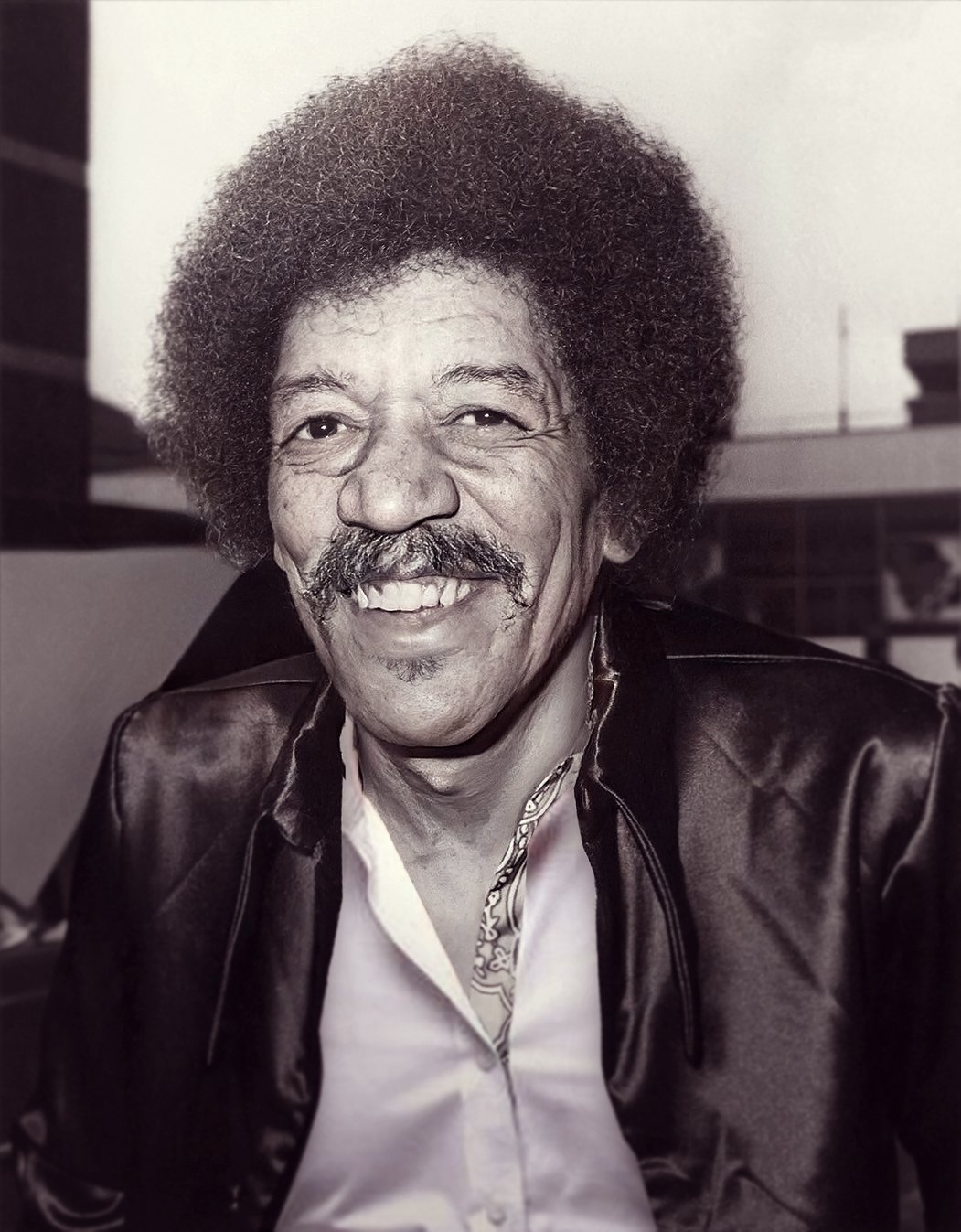
Jimi Hendrix as he might have looked in his 70s | Source: Getty Images
WHAT IF
Ferocious in his passion for music, it is inconceivable that Hendrix would have stopped recording and performing. His contemporary, Carlos Santana, who shared the same stage at Woodstock in 1969, is still playing, touring, and recording hits. The Rolling Stones are still out there touring with the same immortal energy in their late 70s, and Hendrix would surely have outshone them all.
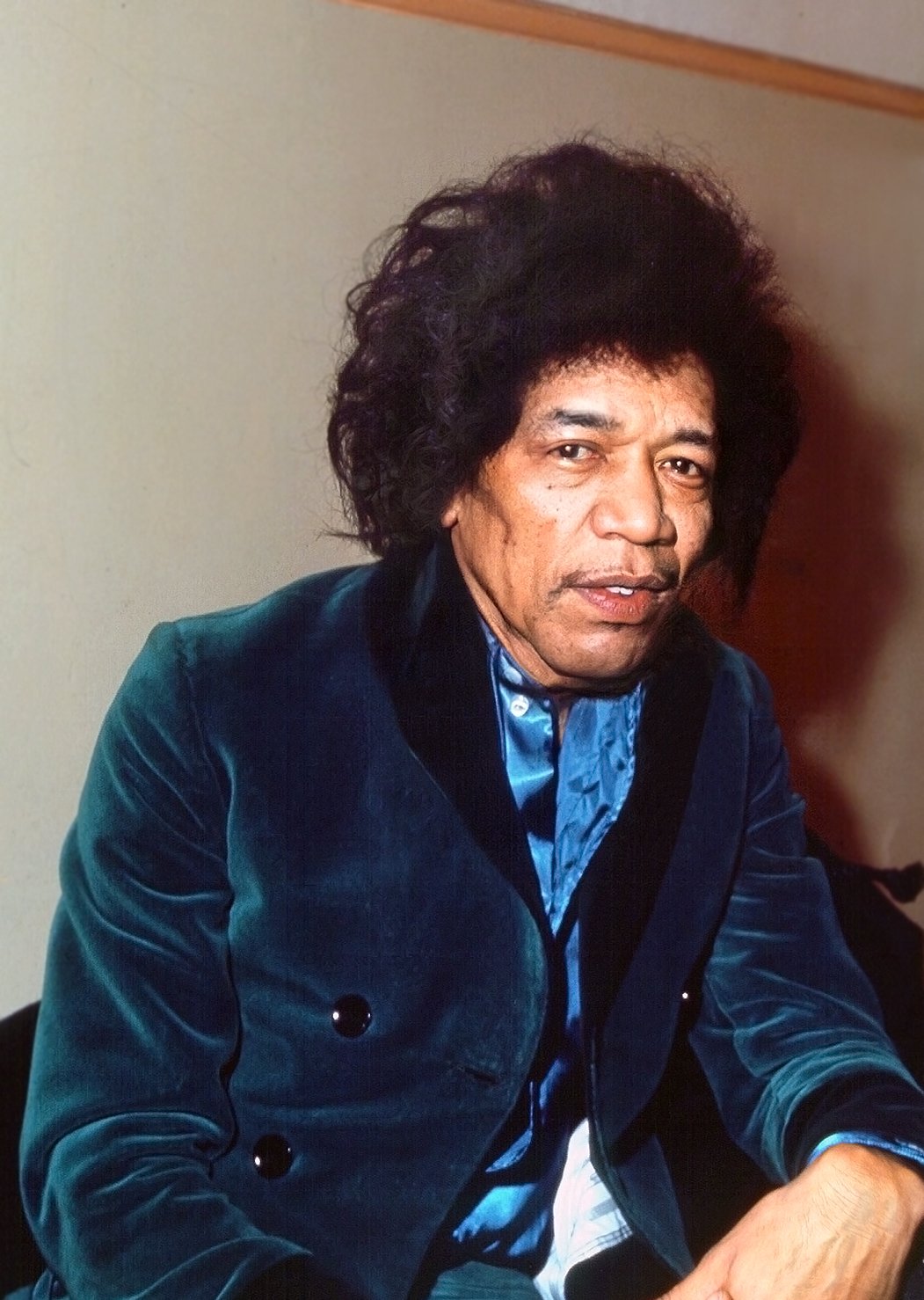
Jimi Hendrix as he might have looked in his 70s | Source: Getty Images
A reconstruction of what Hendrix would have looked like in his 70s shows the quintessential bluesman masquerading as a rock star. Still whip-thin, with a face marked by the years of pain and struggle, too much partying on tour, and maybe a few stints in rehab. But he also looks like a man who would put down his guitar, to give a favored grandchild a piggy-back ride.
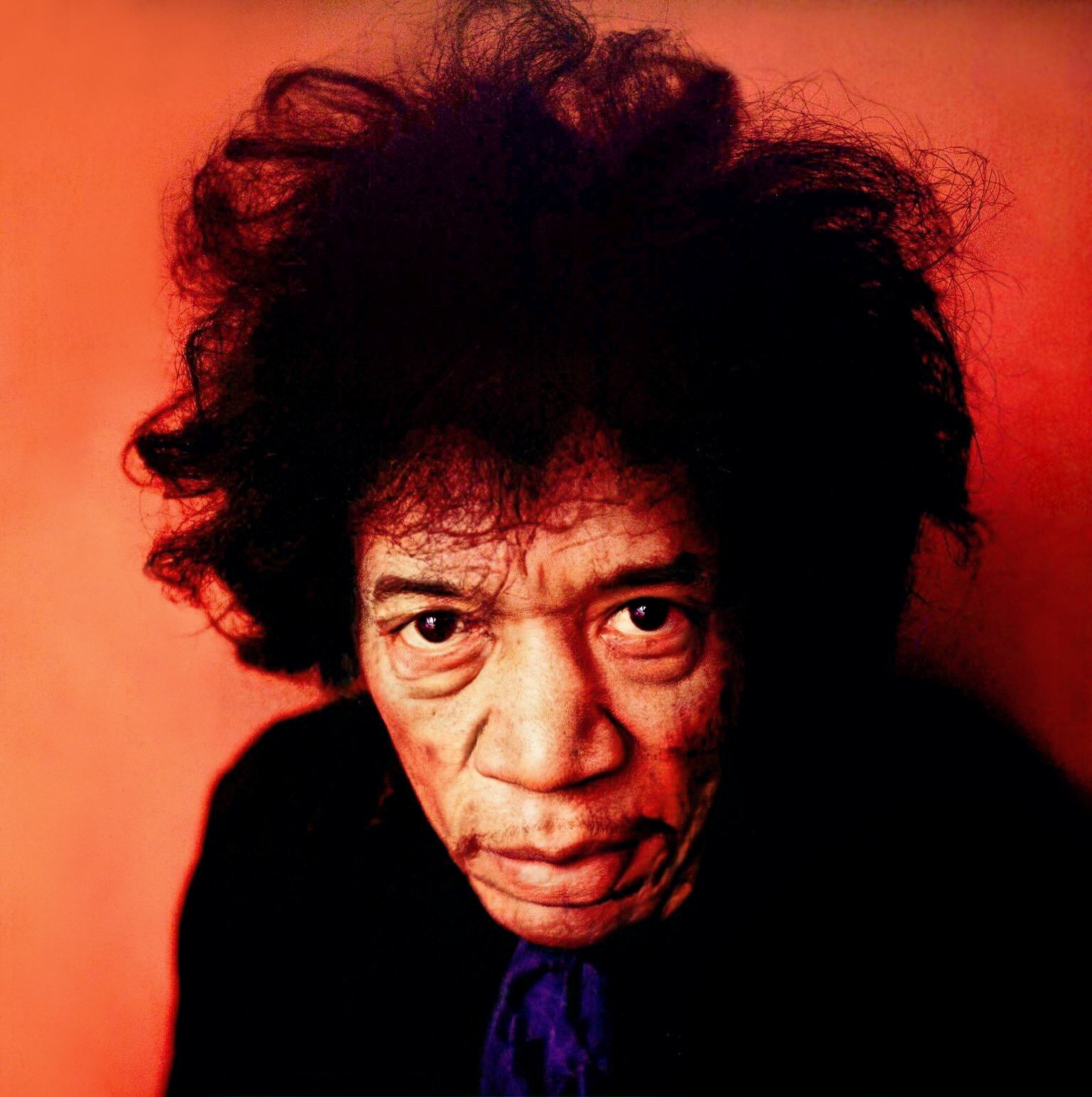
Jimi Hendrix as he might have looked in his 70s | Source: Getty Images
Can we help but imagine a duet between Hendrix and the also deceased Prince? How would Hendrix have reacted to the advent of rap and hip-hop? And his contribution would not have been limited to the stage. Hendrix, who blew away the barriers that kept Black musicians from the frontlines, would have been at the forefront of the current struggle to finally enforce the victories of the Civil Rights movement, equal rights, and justice for all.
The young man who was only just beginning to rock the world still had a long way to go, and we can only imagine what was lost when his journey came to such an abrupt and tragic end.
